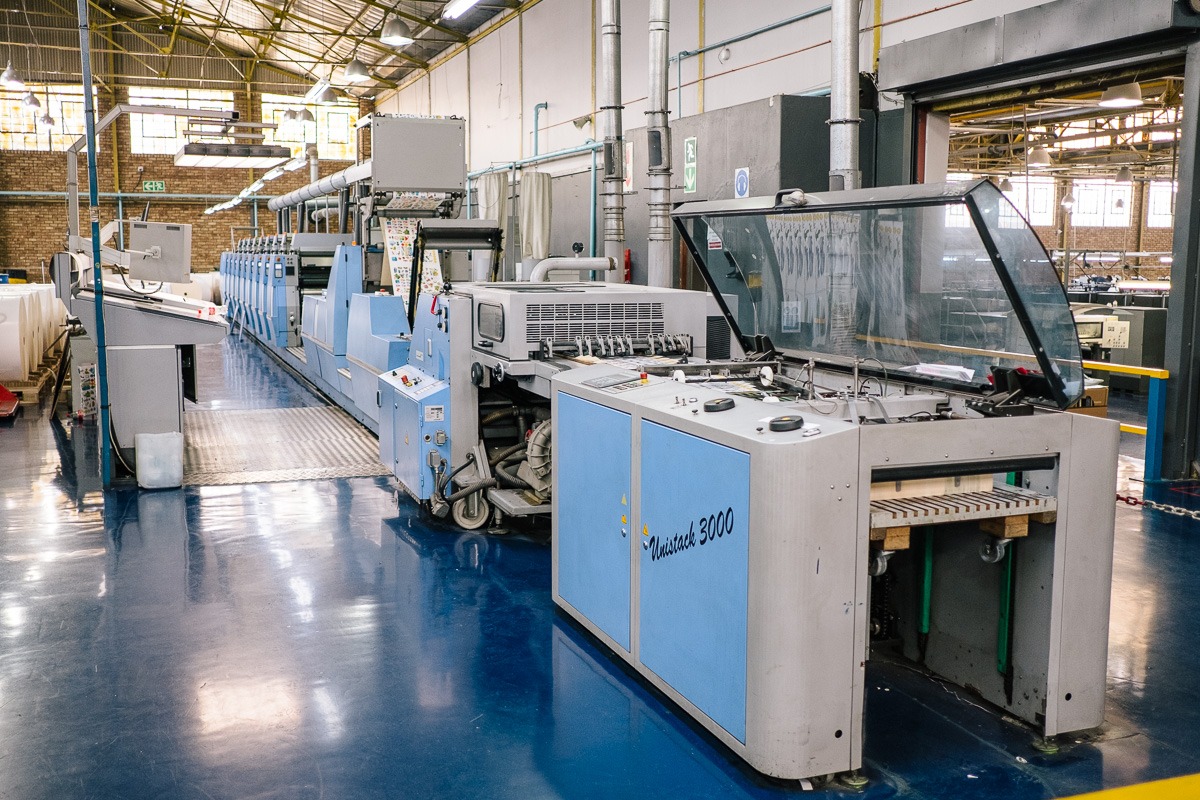The rise in counterfeit activities has necessitated the need for anti-counterfeit printing solutions across various regions. Understanding the regional analysis of anti-counterfeit printing is crucial for businesses aiming to secure their brands and products. This article delves into the key regional dynamics and trends impacting the anti-counterfeit printing industry.

The Growing Need for Anti-Counterfeit Printing
In todays global market, counterfeiting poses a significant threat to brand integrity and consumer trust. The need for robust anti-counterfeit printing solutions is more critical than ever. With the global counterfeit market projected to grow, businesses need to adopt sophisticated measures to combat this issue. For more information on global counterfeit market statistics, visit here.
Key Technologies in Anti-Counterfeit Printing
Various technologies are employed in anti-counterfeit printing, including holograms, color-shifting inks, and watermarks. These technologies not only deter counterfeiters but also help consumers identify genuine products easily. Learn about real examples of security printing in action by visiting here.
Regional Dynamics in Anti-Counterfeit Printing
North America
In North America, the demand for anti-counterfeit packaging is driven by stringent regulatory standards and the need for consumer safety. The region is witnessing a surge in the adoption of advanced security features in pharmaceuticals and consumer goods.
Europe
Europes focus on protecting brand equity and intellectual property rights has spurred the growth of anti-counterfeit printing. The European Union has implemented strict measures to curb counterfeiting, making the region a significant player in the anti-counterfeit market.
Asia-Pacific
The Asia-Pacific region, being a hub for manufacturing, faces unique challenges with counterfeiting. However, increased awareness and government initiatives are bolstering the adoption of anti-counterfeit technologies. For insights into the use of packaging anti-counterfeit measures, check out this resource.
Latin America
In Latin America, the growth of the middle-class population and rising disposable incomes have amplified the demand for authentic products. This has led to increased investments in anti-counterfeit printing solutions.
Middle East and Africa
The Middle East and Africa are emerging markets for anti-counterfeit technologies. The regions’ focus on protecting consumer health and safety is driving the implementation of security features in various industries.
Challenges and Opportunities
While the anti-counterfeit printing industry presents numerous opportunities, it also faces challenges such as high costs and the need for continuous innovation. However, with the increasing adoption of digital solutions, the industry is poised for growth. Explore more about anti-counterfeit labels for agriculture here.
Impact of Anti-Counterfeit Printing on Industries
The implementation of anti-counterfeit printing has far-reaching impacts across various industries, including pharmaceuticals, food and beverages, and electronics. These industries benefit from enhanced security measures, leading to increased consumer trust and brand loyalty.
Pharmaceuticals
In the pharmaceutical industry, anti-counterfeit technologies ensure the safety and efficacy of drugs, protecting consumers from counterfeit medicines.
Food and Beverages
The food and beverage industry utilizes anti-counterfeit printing to maintain quality standards and prevent imitation products from reaching consumers.
Electronics
For the electronics sector, anti-counterfeit solutions safeguard against fake components that could compromise the performance and safety of electronic devices. Discover how anti-counterfeit printing is used for legal documents here.
The Future of Anti-Counterfeit Printing
The future of anti-counterfeit printing looks promising with advancements in technology and increasing awareness among consumers. As businesses continue to prioritize brand protection, the demand for innovative anti-counterfeit solutions will rise.
Innovation and Technological Advancements
With the emergence of blockchain technology and IoT, the anti-counterfeit industry is set to revolutionize the way products are authenticated and tracked.
Sustainability in Anti-Counterfeit Printing
As environmental concerns grow, the industry is moving towards sustainable anti-counterfeit solutions that minimize environmental impact while maintaining security standards.
Conclusion
In conclusion, the regional analysis of anti-counterfeit printing reveals significant insights into the dynamics and trends shaping the industry. With the increasing threat of counterfeiting, businesses must stay informed and adopt comprehensive anti-counterfeit strategies to protect their brands and consumers.

FAQs
What is the primary goal of anti-counterfeit printing?
The primary goal of anti-counterfeit printing is to protect brands and consumers from counterfeit products by incorporating security features that authenticate genuine products.
How does anti-counterfeit printing benefit businesses?
Anti-counterfeit printing benefits businesses by safeguarding brand integrity, enhancing consumer trust, and reducing financial losses associated with counterfeit goods.
What are some common technologies used in anti-counterfeit printing?
Common technologies used in anti-counterfeit printing include holograms, color-shifting inks, watermarks, and QR codes that help verify product authenticity.
This article contains affiliate links. We may earn a commission at no extra cost to you.






